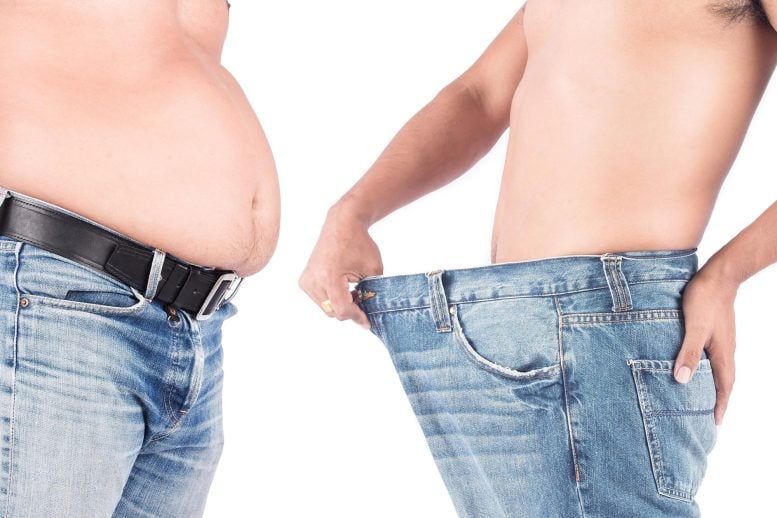
Pennington Biomedical researchers have contributed to a study highlighting the crucial role of cysteine in regulating metabolism.
Reducing calorie intake is widely known to support better health and promote weight loss. However, a recent study featured in Nature Metabolism highlights the role of a specific sulfur-containing amino acid, cysteine, as a significant factor in that process. The study found that when participants reduced their caloric intake, the level of cysteine in their white fat tissue also declined.
Researchers from Pennington Biomedical, including Dr. Eric Ravussin and Dr. Krisztian Stadler, helped lead the investigation. They observed that lower cysteine levels appeared to activate a transformation in fat tissue. Specifically, white fat cells began converting into brown fat cells, which are more metabolically active.
Unlike white fat, brown fat helps the body burn energy to generate heat and maintain core temperature. In animal experiments, completely removing cysteine led to marked weight loss, enhanced fat burning, and an increase in brown fat, reinforcing cysteine’s key role in how the body manages energy and weight.
“In addition to the dramatic weight loss and increase in fat burning resulting from the removal of cysteine, the amino acid is also central to redox balance and redox pathways in biology,” said Dr. Stadler, who directs the Oxidative Stress and Disease laboratory at Pennington Biomedical. “These results suggest future weight management strategies that might not rely exclusively on reducing caloric intake.”
Cysteine and Cellular Health
The article is based on results from trials involving both human participants and animal models. For the human trials, researchers examined fat tissue samples taken from trial participants who had actively restricted calorie intake over a year. When examining the fat tissue samples, they looked for changes in the thousands of metabolites, which are compounds formed when the body breaks down food and stores energy. The exploration of these metabolites indicated a reduced level of cysteine.
“Reverse translation of a human caloric restriction trial identified a new player in energy metabolism,” said Dr. Ravussin, who holds the Douglas L. Gordon Chair in Diabetes and Metabolism at Pennington Biomedical and oversees its Human Translation Physiology Lab. “Systemic cysteine depletion in mice causes weight loss with increased fat utilization and browning of adipocytes.”
Clinical Trial and Metabolic Outcomes
The tissue samples came from participants in the CALERIE clinical trial, which recruited healthy young and middle-aged men and women who were instructed to reduce their calorie intake by an average of 14% over two years. With the reduction of cysteine, the participants also experienced subsequent weight loss, improved muscle health, and reduced inflammation.
In the animal models, researchers provided meals with reduced calories. This resulted in a 40% drop in body temperature, but regardless of the cellular stress, the animal models did not exhibit tissue damage, suggesting that protective systems may kick in when cysteine is low.
“Dr. Ravussin, Dr. Stadler, and their colleagues have made a remarkable discovery showing that cysteine regulates the transition from white to brown fat cells, opening new therapeutic avenues for treating obesity,” said Dr. John Kirwan, Executive Director of Pennington Biomedical Research Center. “I would like to congratulate this research team on uncovering this important metabolic mechanism that could eventually transform how we approach weight management interventions.”
Reference: “Cysteine depletion triggers adipose tissue thermogenesis and weight loss” by Aileen H. Lee, Lucie Orliaguet, Yun-Hee Youm, Rae Maeda, Tamara Dlugos, Yuanjiu Lei, Daniel Coman, Irina Shchukina, Prabhakar Sairam Andhey, Steven R. Smith, Eric Ravussin, Krisztian Stadler, Bandy Chen, Maxim N. Artyomov, Fahmeed Hyder, Tamas L. Horvath, Marc Schneeberger, Yuki Sugiura and Vishwa Deep Dixit, 3 June 2025, Nature Metabolism.
DOI: 10.1038/s42255-025-01297-8
Never miss a breakthrough: Join the SciTechDaily newsletter.